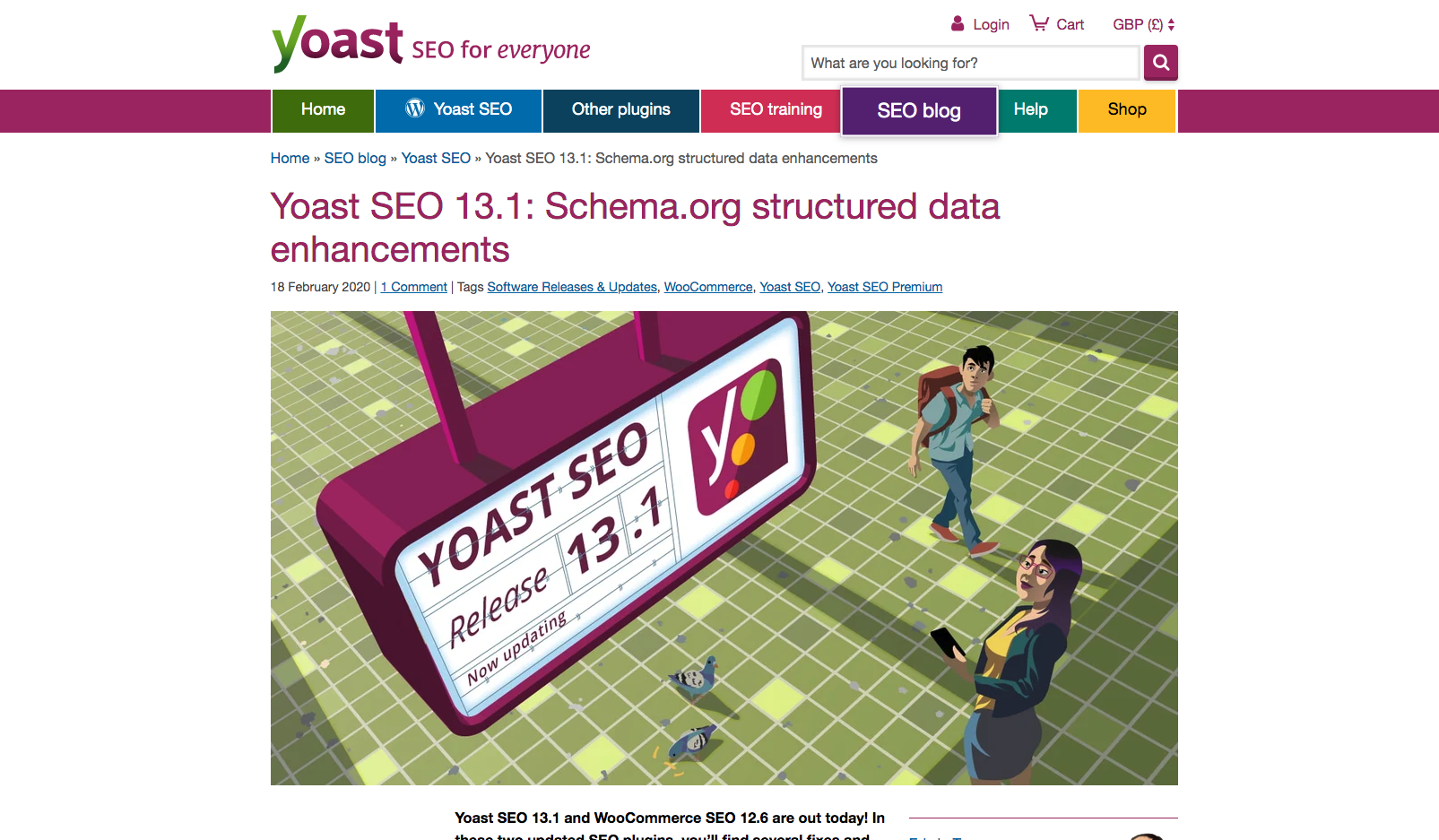When designing and building a new site for clients, we’re often asked: “And will it be all SEO’d up from the start? Do you do all the SEO?”
This somewhat confusing question seems to stem from the belief (which still persists despite a huge shift in search technology) that SEO is sticking all your keywords on every page and hoping you’ve used them slightly more than the competition. We do offer SEO, of course, but it’s an ongoing process that’s so much more than keywords, so it’s definitely not a question of launching a new site “with all the SEO done”.
Which brings us to Yoast.
What is Yoast?
Yoast SEO is a WordPress plugin that comes in free and premium versions, and is a good way to quickly and easily check that your pages are optimised for certain keywords, and that you’ve used them in the places Google would expect to find them.
For providing an at-a-glance sanity check that your pages contain the words you want for, it’s great. For a quick way to red-flag possible oversights, it’s nice and simple. But beyond that?
And what is it not?
Yoast is not the answer to why you’re not ranking. And it’s not a silver bullet that will cause your site to appear in first place as soon as you add it – but that’s what many seem to think.
Here are the common concerned questions we get around Yoast (and all other SEO plugins, for that matter):
I don’t have Yoast, is that why I’m not ranking? – No. You’re not ranking because your site is not as good as the competition for one or more of many reasons. Incorrect keyword usage. No links pointing to the site. Poor content. Technical issues. A tool like Yoast may flag some of these things up (though not all), but these issues existed on your site before Yoast was added, and will continue after it’s added unless you do something about it.
My pages aren’t all green, so does that mean they won’t rank? – Well it means there is work to be done, but on-page SEO is a small part of the mix, and that’s really all that Yoast is looking at. It’s also worth bearing in mind that Yoast isn’t anywhere near as clever as Google when it comes to assessing your content. So maybe your page only has an amber (or even the dreaded red!) rating. That could be because you’ve told Yoast you want to rank for ‘blue widgets in Reading’ and you’ve used a similar, but not exact, phrase throughout your copy. Google is clever enough to know those variations are related. Yoast isn’t. You tell it what to look for, and it looks for it. Nothing more, nothing less.
My pages are all green, why aren’t I ranking? – As we say, on-page SEO is a small factor. Your pages may well be rated green by Yoast, but guess what? So will all the other competitor pages. Anyone can go in and rewrite content, but making that content authoritative enough that other sites will want to link to you, and readers will find more engaging (and therefore get recognition from Google for providing a better user experience)? That’s what will make a difference.
I’ve put keywords in all the relevant places but I’m still getting a red? – Depending on how the site has been built, Yoast may not be able to read your content. This is true with sites using Advanced Custom Fields, so Yoast has released a plugin that enables it to read content in ACFs. You’ll usually find your light turns green after enabling that – but again, just because Yoast can’t read it, doesn’t mean Google can’t.
So there you go – Yoast is a good on-page SEO checklist, a safety blanket to ensure the basics haven’t been missed. But adding it doesn’t give you a rankings boost, and turning your lights green won’t make you rank overnight. Nothing is a substitute for creating good, user-centric content that aims to please people not robots.
By creating great content, the links will come. And when the links come, so will the rankings. By all means implement a checklist, but don’t live by it – and certainly don’t panic if your pages don’t turn green straight away!











